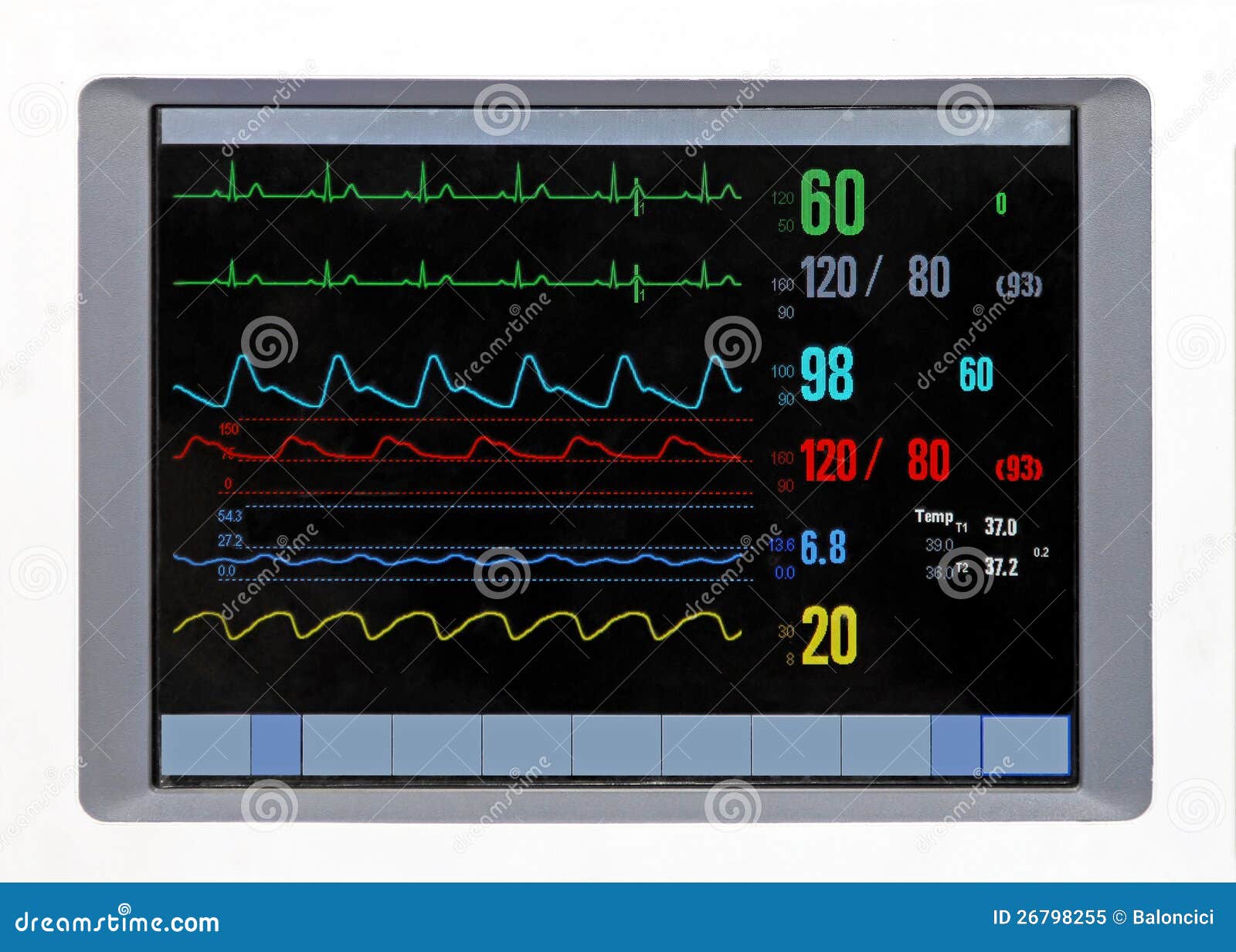
And it's important because then we can diagnose you and tell you, 'This is the disorder you have.' And then we can say, 'Here's how we can treat you,'" he says.įor the safety of its patients, staff and visitors, Mayo Clinic has strict masking policies in place. "It's measuring those episodes at the time of your symptoms.
Heart monitor how to#
DeSimone say wearable monitors are invaluable tools for providers to determine what's wrong with the heart and how to fix it. A very important part of this is while you're asleep," says Dr. 2, we like to see what the heart rate does over a 24-hour period.


But we'll know because it's being caught, No. "If someone's having this bad rhythm and they're asleep, they'll never know and they'll never have symptoms. It captures that heart rhythm 24/7, including bedtime. A certain period of time can be a few hours, a week, 30 days, - as long as it takes for us to capture what your heart rhythm is doing," says Dr. "You wear it for a certain period of time. Christopher DeSimone, a Mayo Clinic cardiologist.Ī Holter monitor is a small, wearable device that uses electrodes on your chest to record all of your heartbeats.

"What it's monitoring is the electrical activity of the heart," says Dr. If you're having signs or symptoms of an irregular heart rhythm, or unexplained fainting or dizziness, your health care provider may recommend a Holter monitor. Please courtesy: "Mayo Clinic News Network." Read the script. Journalists: Broadcast-quality video (1:15) is in the downloads at the end of this post.


 0 kommentar(er)
0 kommentar(er)
